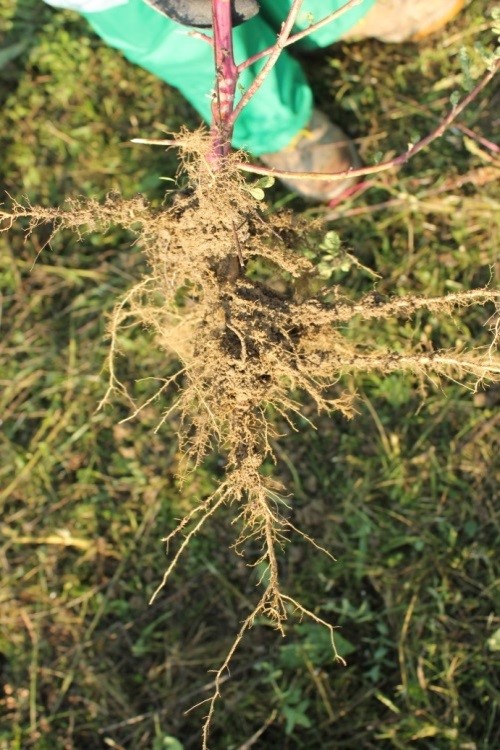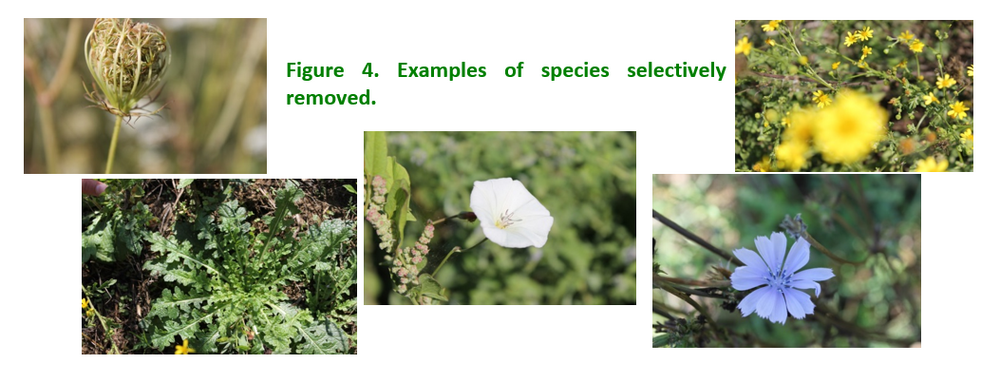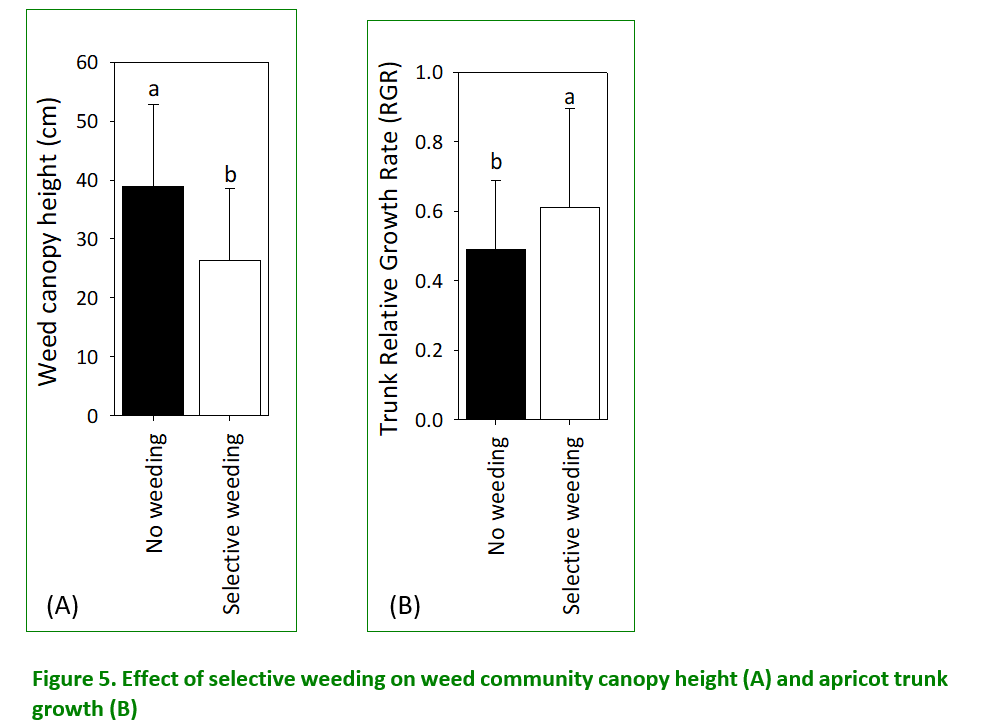Sustainable orchard and vineyard intensification – by an agro-ecological approach
The effort to increase the sustainability of agricultural practices, by promoting the biodiversity of the ecosystems, is nowadays wide spreading. However, a further challenge is represented by the move from efforts only to increase biodiversity to targeted management of diversity within the ecological communities. The difference is substantial and is based on the achievement of precise objectives.

Looking for a different intensification
A quarter of the soils in our planet are at high risk of degradation, but there are pieces of evidences that traditional organic farming cannot unequivocally struggle similar dynamics, or it does so at the cost of less efficient land use. Moreover, intensive organic farming can expose the soil to the risk of erosion; nutrient leaching and water eutrophication and thus, the achievement of greater precision in nutritional management and of a more efficient soil cover are primary objectives. The growing world population requires increasing resources, and the road to reduce the intensity of land use is hardly viable on a large scale. A “different” intensification is what we should aim for, instead.
The intensification should protect biodiversity, but this requires a further analysis of the composition of the communities, rather than a simple increase in diversity. A generic increase in diversity, above as well as below ground, based on the random inclusion of many species can lead to competitions and imbalances for the cultivated species, hardly manageable in a productive context. The DOMINO’s innovative proposal consists of targeted programmatic approaches aiming to improve services and functions within the agro-ecosystem.
The idea is that the promotion of targeted biodiversity, focused on specific changes in the weed communities, less competitive with fruit trees and vines and continuously covering the soil, could allow greater stability of the ecosystems. Moreover, the targeted weed communities could increase economic sustainability through external eco-services (pollinators support, nitrogen fixation), and eventually new produces.

Figure 2. Tap root weeds are not compatible with an increase in land-use efficiency.
The goal is to increase targeted biological diversity so that agro-ecological services could compensate, at least in part, the needs for growing intensification. So, not to replace intensive with extensive systems, because in several conditions they are not sustainable from an economic point of view.
The challenge thus evolves towards the identification of combinations of species able to offer services to the system and, at the same time, characterized by precise traits that limit their competitiveness with respect to the main crop.
The selective weeding
In Mediterranean climate, the Università Politecnica delle Marche, tested the opportunity to manually select the weed community in the row of an orchard of young apricots grafted on Myrabolan c. Weed selection was performed in May by manually removing all creepers, tall and tap root species, considered as highly competitive with the main crop.

After 4 months the average canopy height of the population was a 22% lower than in the control treatment (Fig.5A). The manual selection of the weeds induced a significant advantage to the main crop, being the apricot trunk development, 20% greater in the selectively weeded parcel (Fig.5B).

Read more at the CORE Organic website: http://www.coreorganic.org/
Find publications from the project at: http://www.domino-coreorganic.eu/
